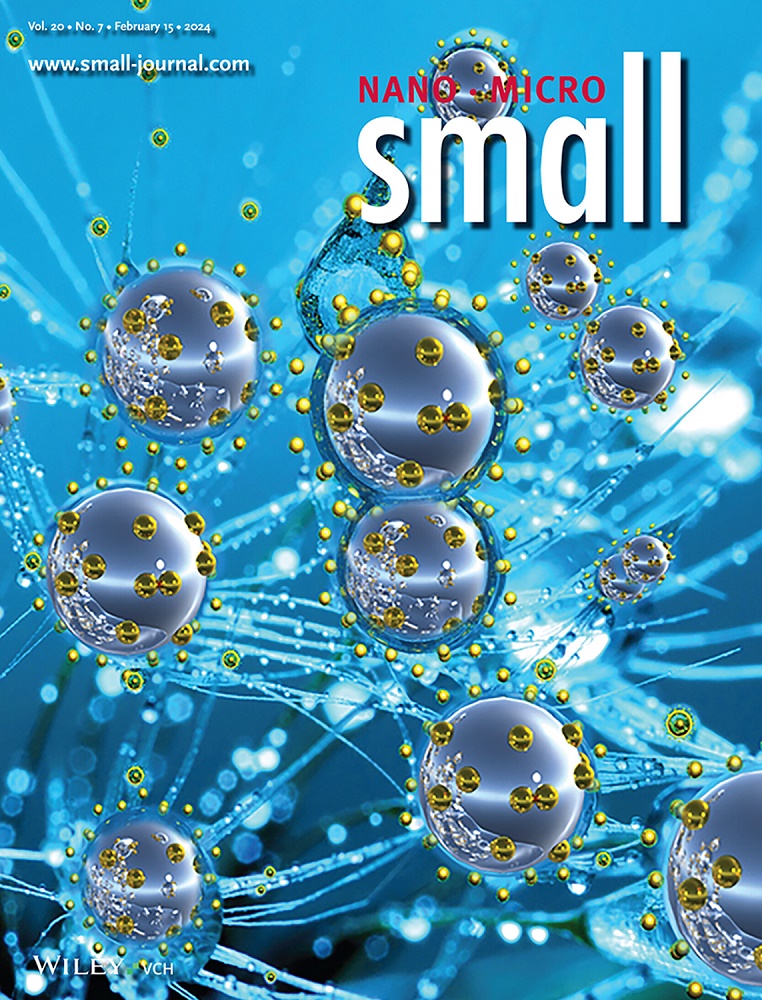疏氯亚磷酸氢铁作为OER活性电催化剂在阴离子交换膜(海)水电解中的应用
IF 12.1
2区 材料科学
Q1 CHEMISTRY, MULTIDISCIPLINARY
引用次数: 0
摘要
海水电解被认为是一项有前途的技术,可以满足全球对可持续制氢的需求;然而,由于高氯化物含量的存在,电极副反应不可避免地会引起阳极腐蚀,从而最终降低电极的性能,这往往阻碍了其实际可行性。本文史无前例地设计了含有微量Cu的亚磷酸铁氢铵(FeHPhi),由于其特殊的氯化物排斥性质以及对水氧化的高电催化活性,被报道为海水电解的独特且非常理想的电极材料。结构中的[HPO3]2 -氧阴离子作为路易斯碱有效地限制了氯离子,而铁中心作为路易斯酸,为水氧化提供了活性位点,这在理论上也得到了很好的支持。利用这种受挫的Lewis对组合,电催化剂在碱性真实海水中以344 mV过电位实现了500 mA cm - 2的高电流密度,并且在氯析出反应主导区(>2 V)下运行时具有令人印象深刻的稳稳性,可维持200小时。该电催化剂在阴离子交换膜淡水电解和海水电解中也表现出优异的性能,显示了其潜在的适用性。本文章由计算机程序翻译,如有差异,请以英文原文为准。
Chlorophobic Iron Hydrogen Phosphite as OER‐Active Electrocatalyst in Anion Exchange Membrane (Sea)Water Electrolysis
Seawater electrolysis is recognized as a promising technology to cater to the worldwide drive for sustainable hydrogen production; however, its practical viability is often hindered by the inevitable anode corrosion arising from the electrode side reactions owing to the presence of high chloride content which eventually degrade the electrode performance eventually. Herein, the design of unprecedented ammonium iron hydrogen phosphite (FeHPhi) along with a trace amount of Cu, is reported as the unique and much desired electrode material for seawater electrolysis due to its special chloride repellant nature along with great electrocatalytic activity toward water oxidation. The [HPO3 ]2− oxoanion as Lewis base in the structure effectively restricts chloride ions, while the Fe center acts as Lewis acid offering an active site for water oxidation, also well‐supported theoretically. Leveraging this frustrated Lewis pair combination, the electrocatalyst achieves a high current density of 500 mA cm−2 at 344 mV overpotential in alkaline real seawater with impressive robustness to sustain for 200 h when operated under chlorine evolution reaction dominating region (>2 V). The electrocatalyst also demonstrates superior performance in anion exchange membrane freshwater and seawater electrolysis, demonstrating its potential applicability.
求助全文
通过发布文献求助,成功后即可免费获取论文全文。
去求助
来源期刊

Small
工程技术-材料科学:综合
CiteScore
17.70
自引率
3.80%
发文量
1830
审稿时长
2.1 months
期刊介绍:
Small serves as an exceptional platform for both experimental and theoretical studies in fundamental and applied interdisciplinary research at the nano- and microscale. The journal offers a compelling mix of peer-reviewed Research Articles, Reviews, Perspectives, and Comments.
With a remarkable 2022 Journal Impact Factor of 13.3 (Journal Citation Reports from Clarivate Analytics, 2023), Small remains among the top multidisciplinary journals, covering a wide range of topics at the interface of materials science, chemistry, physics, engineering, medicine, and biology.
Small's readership includes biochemists, biologists, biomedical scientists, chemists, engineers, information technologists, materials scientists, physicists, and theoreticians alike.
 求助内容:
求助内容: 应助结果提醒方式:
应助结果提醒方式:


